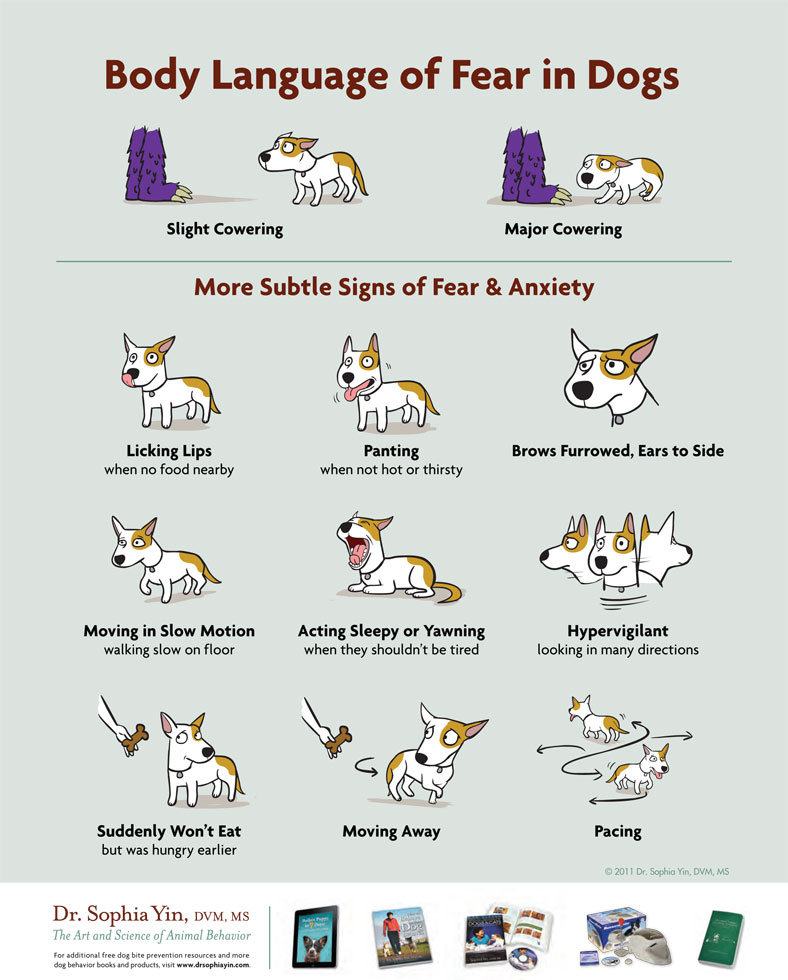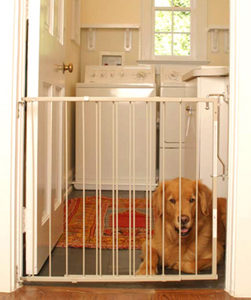Choose an article to read...
Do You Know What Your Dog is Really Trying To Tell You?
Article Recently Published by Mindful Mutz Training early 2014: Annual Edition of WNC Pets Publication:
Do You Know What Your Dog is Really Trying To Tell You?
Written by: Heather Polechio, CPDT-KA, CTC
MindfulMutz Training & Behavior Consulting, 2014′
Our Dogs. They are for many of us a constant companion by our side. For others they may be valued more so for duties, that can only be completed by none other than the dog himself. But as we share our day to day lives with these one of a kind creatures, who scientists now believe may have began co-existing with humans over 15K years ago, we must ask ourselves if we really know our dogs as well as we think we do.
Dogs are generally social animals, meaning they often live in a group, pack or family, therefore making clear and effective communication a vital role in their ability as a species and as an individual to survive & evolve. Communication serves many important factors in our dogs day to day lives, including conflict resolution as well as a dogs ability to gain access to resources they want or need on a day to day basis. (Resources are anything & everything an individual dog may desire, such as food, water, toys, attention, etc).Although there is ongoing and fascinating research that is leading many top researchers in the field of canine cognition to believe that dogs are evolving to be “expert human behavior observers and manipulators”, dogs have yet to, evolved to the point in which they communicate primarily through vocalization, which is ironically the way we as humans tend to try and primarily communicate with our dogs. Dogs primarily communicate through a series of artful, yet often subtle to the human eye, movements and body postures.
One of the most fascinating aspects of dog behavior, is the dogs ability to literally regulate stressful, exciting or over stimulating situations for themselves by using a series of what are called “Calming Signals”. Have you ever noticed your dog randomly doing a “shake off” (literally shaking his whole body, as if he just took a bath) after something exciting or maybe even something stressful happens? He may also, in these situations offer behaviors such as yawning, licking his lips, turing his head (looking away), stretching, randomly sniffing or scratching, or maybe even raising his paw.
These behaviors can be indicators that your dog may be feeling overwhelmed by a certain situation.
One behavior that is somewhat misunderstood, but is gaining a new understanding in the field of dog behavior research, is the tail wag. When your dog wags his tail, does that mean he is always happy?
While some wags are indeed associated with happiness, and positive emotions, other tails wags can indicate stress or fear. The newest research on this topic, has shown that a dog who wags his tail with a bias to the right, is generally in a more positive emotional state, while a dog who wags his tail more so to the left may be in a more negative emotional state. As well as the direction of the tail wag, look for specifics as to how high or low your dog may be holding his tail. Is it tucked tightly between his legs but slightly wagging? This may mean he is nervous. It is held very high & stiff with a slight but quick wag? This could mean he is on high alert, but not necessarily always mean he is “happy”. The best indicator that a tail wag is intending to communicate a friendly interaction, is that the tail is wagging in big swoops, set at half mast, usually accompanied by a loose body.
One point, I try to leave with all of my clients, as I work with them to help resolve problems or teach their dog new behaviors, is that as much as we as the dogs owner want our dogs to “obey” and respect us, that we must first respect and understand our dogs, in order to expect that our dogs will return the favor.

Body Language Poster- Credit Dr. Sophia Yin
The Overuse of Crates by Cindy Smith, Animal Communicator
The Overuse of Crates by Cindy Smith, Animal Communicator
 I have talked to quite a few miserable dogs recently who have brought my attention to how many long hours dogs spend in crates.
I have talked to quite a few miserable dogs recently who have brought my attention to how many long hours dogs spend in crates.
In our busy lives, many of us have forgotten our more primal nature and the renewal that comes from being out in nature. Having a dog, for some, has become a management issue. Many dogs spend 8 to 9 hours a day in their crate and then are released for a couple hours in the evening. They are sometimes offered exercise, sometimes just released into the backyard, and then are returned to their crates for the night. This is terribly unfair. Think about the situation from the dog’s perspective. They are in a small space; they’re looking at the same static view; they cannot move around to stretch, look out the window, or change locations in the house. Instead they are locked into a small box. Some dogs tell me that they are barely hanging on to their sanity. A friend of mine suggested the perfect metaphor. She said, “it’s like sitting in the center seat on the airplane, with the movie system broken, your iPod doesn’t work, and the bathrooms are out of order. Imagine doing that day after day.
Crates were originally intended as a training tool for house training. The intention was to put the young dog in a crate for a good night’s sleep and then be able to take them directly outside to go to the bathroom before they had the opportunity to do it in the house. Once the pup learned that behavior, often the crate door was left open or discarded. It seems that now crates have become a daytime management tool.
Other Options There are many other options for leaving your dog at home while you go to work. Most dogs, once they are out of the puppy stage, are completely happy to just hang out in your house without doing anything destructive. However, for some dogs more control is needed. How about installing a few sturdy dog gates to separate your kitchen from the rest of the house. Dog-proof your kitchen and leave them with their bed and water while you’re gone for the day. Once they’ve mastered that area, it might be possible to open one of the gates and extend their home area. Ultimately the goal would be to give your dog freedom to live in your house and to move around. That way even if you cannot fit a good healthy walk into your daily schedule, at least your dog has been able to flex his muscles, stretch, wander around in your house and stare out the window.
There are many other options for leaving your dog at home while you go to work. Most dogs, once they are out of the puppy stage, are completely happy to just hang out in your house without doing anything destructive. However, for some dogs more control is needed. How about installing a few sturdy dog gates to separate your kitchen from the rest of the house. Dog-proof your kitchen and leave them with their bed and water while you’re gone for the day. Once they’ve mastered that area, it might be possible to open one of the gates and extend their home area. Ultimately the goal would be to give your dog freedom to live in your house and to move around. That way even if you cannot fit a good healthy walk into your daily schedule, at least your dog has been able to flex his muscles, stretch, wander around in your house and stare out the window.


